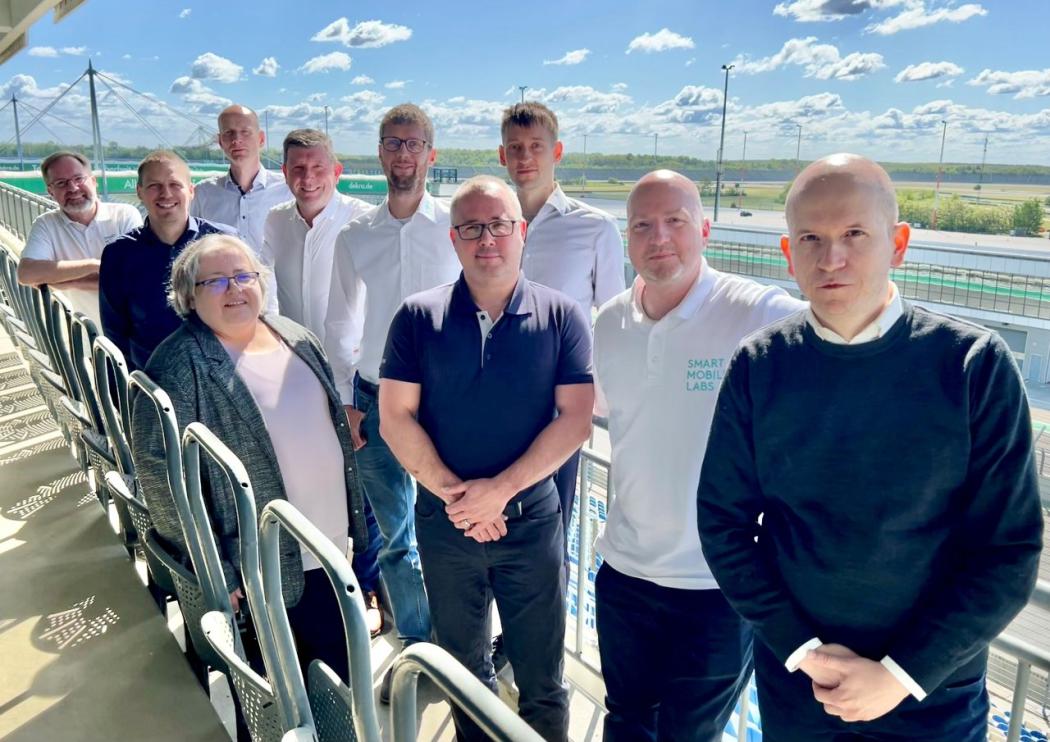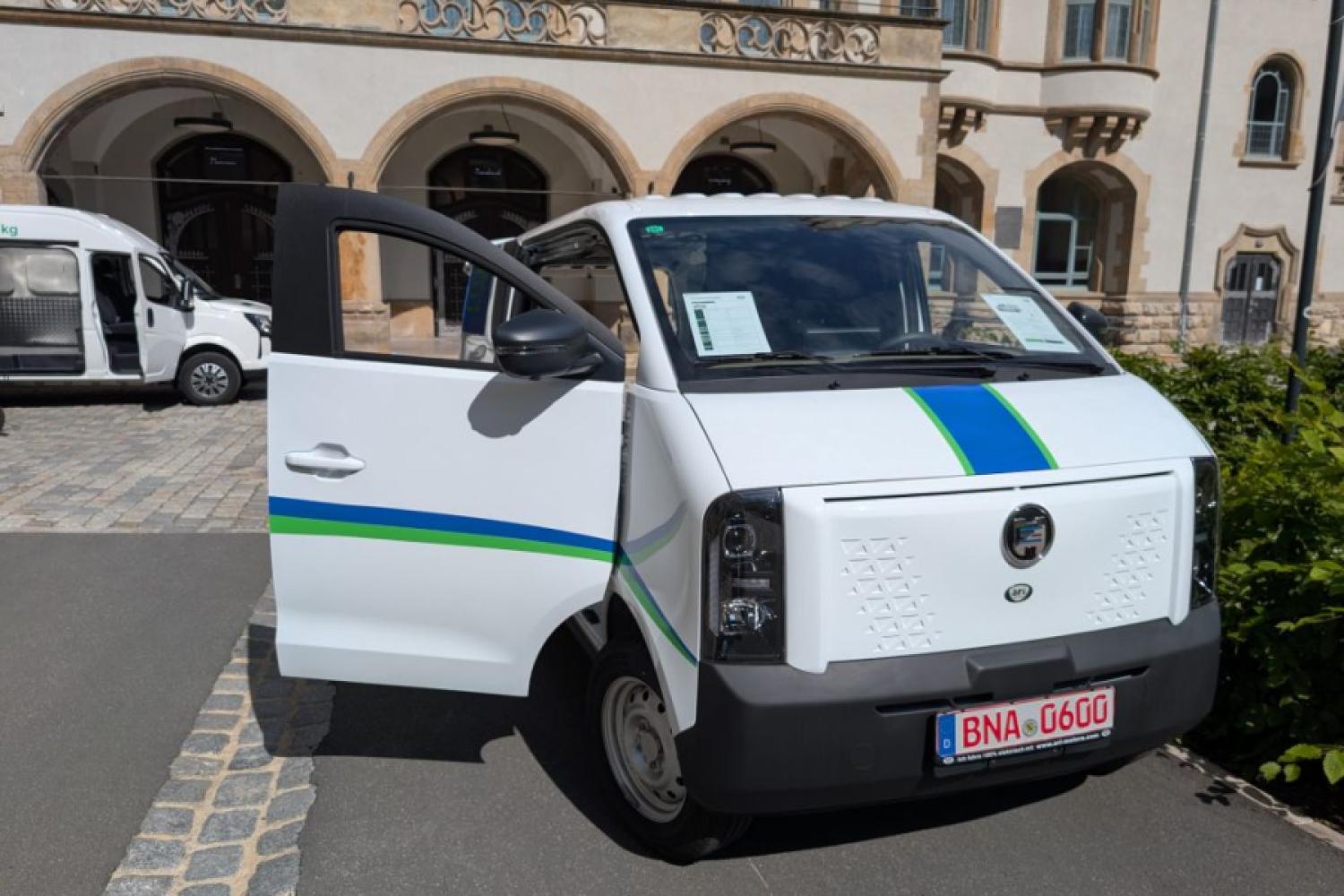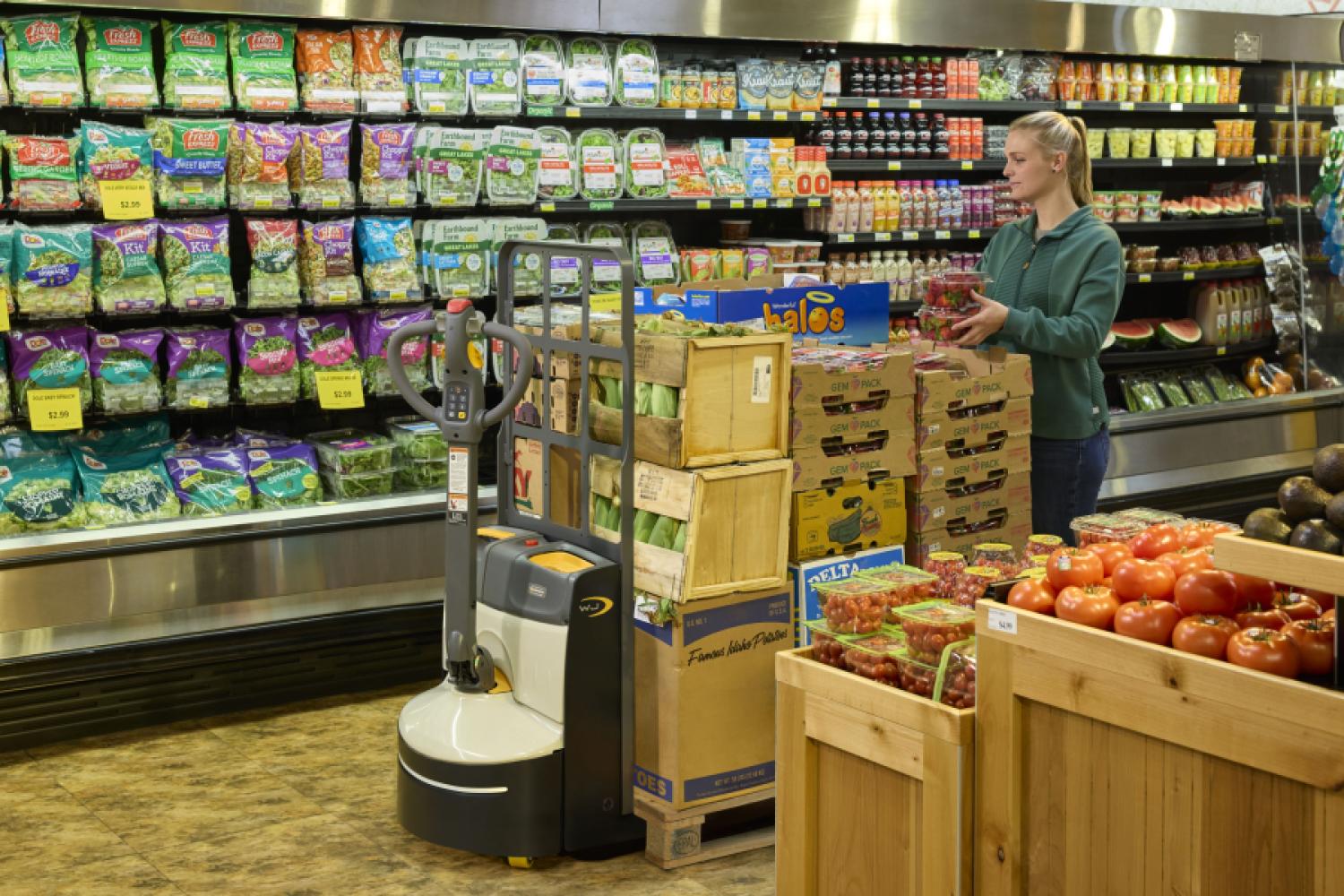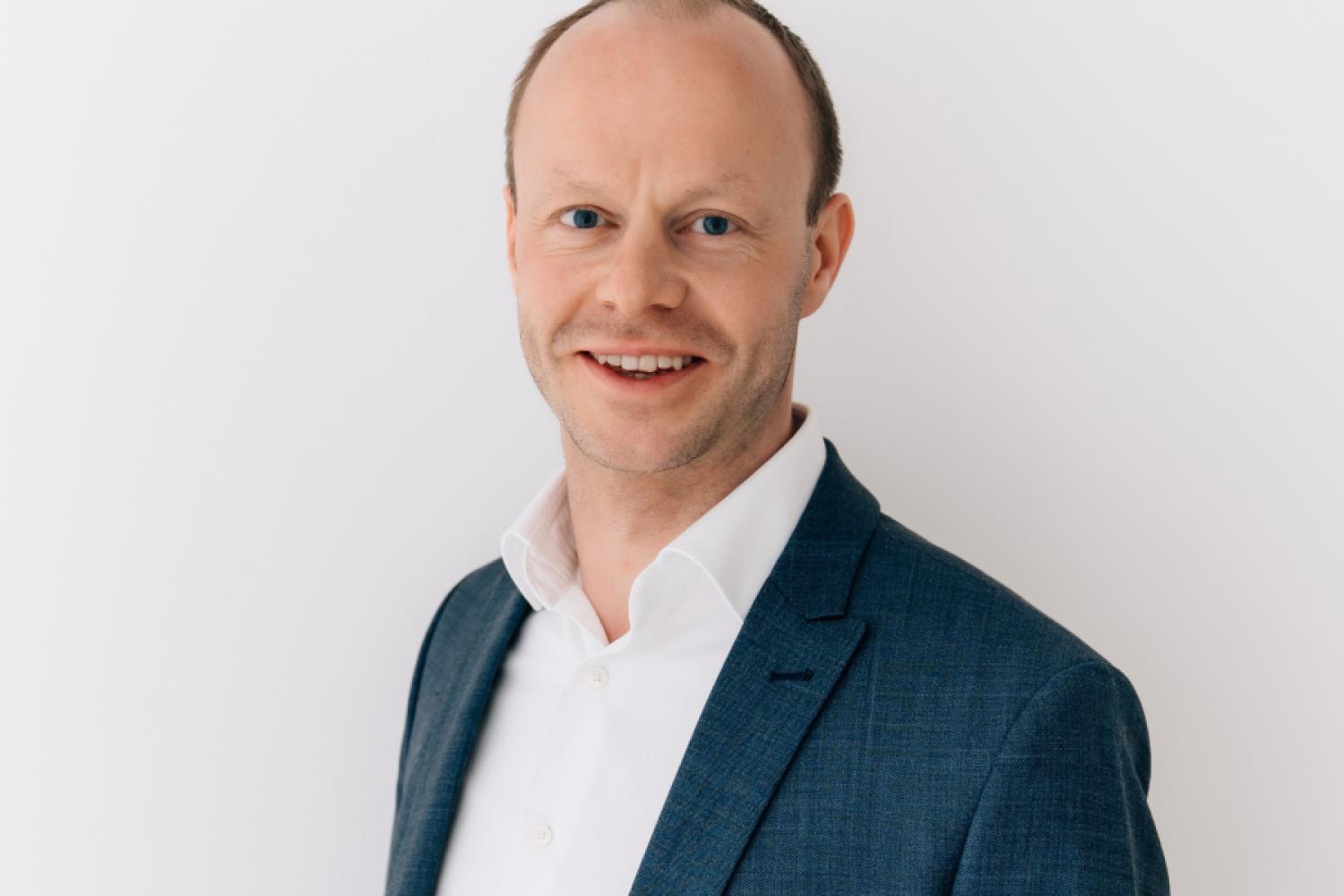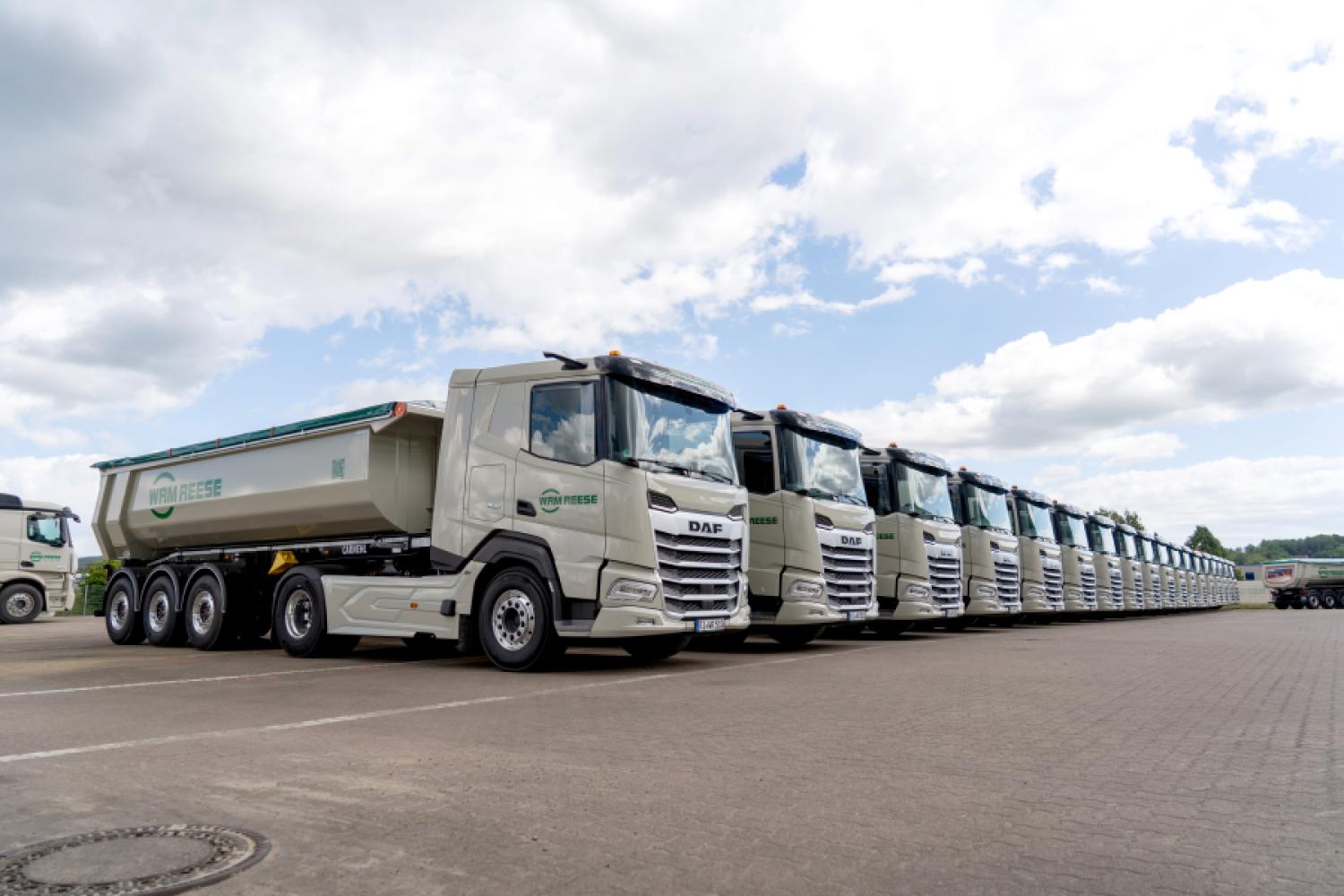Three years ago, the Stuttgart-based vehicle inspection company Dekra, together with other research partners, launched the Laurin project. In the "digital test automation" project funded by the BMDV (Federal Ministry for Digital and Transport), digitalized and automated vehicle testing methods were to be examined on the Dekra test track at the Lausitzring. Halfway through the project, the participants had already shared interim results and reported on the particular challenges. Now the action has come to an end. The project participants are satisfied with the results of the research project, which cost a total of 4.2 million euros: "It has significantly advanced the digitization and automation of scenario-based vehicle tests," according to the press release.
The project was launched in May 2022 to simplify the high complexity and number of necessary tests for the approval or for development-related testing of automated vehicles with advanced solutions. In addition to the high complexity of driving scenarios, which requires numerous test runs, there are also complicating factors such as driving functions that mutually influence each other "in a swarm." According to experts, such scenarios can only be investigated on digital test fields "in continuous test operation." The results of such runs, however, are of great interest to manufacturers across the board in order to develop the necessary interacting control systems.
At the Dekra Lausitzring, it was possible to implement a corresponding test automation that "enables the creation of a comprehensive database for connected-automated driving." According to the description, the database included scenario generation with the conduct of endurance tests and the orchestration of dynamic test site objects. As part of the action, swarm tests were carried out that can replicate "arbitrarily complex traffic scenarios." This makes it possible to test automated vehicles or driving functions under
the highest demands and ensure they are safe for use on the road.
Unreachable Level of Complexity
According to consortium leader Felix Kocksch of Dekra at the Lausitzring, an unprecedented level of complexity was achieved at the test site using no other technology. In the reproducible test procedures, "a swarm of objects is precisely orchestrated." Examples include serial vehicles equipped with driving robots or self-driving platforms simulating pedestrians, cyclists, or other vehicles: "The vehicle being tested is in the middle of this swarm and is brought into complex situations to which the automated functions must each respond correctly."
The project was able to develop a technology for these test scenarios. It is now possible to carry out processes such as follow-the-leader driving, overtaking maneuvers, and "reordering of the swarm" within a test scenario. Continuous test runs, according to Kocksch, can now be "performed over several minutes and across different test tracks."
Technologies for testing autonomous or automated vehicle functions, meaning processes that are supposed to proceed independently in a safe manner without human control, are extremely complex and hardly possible under "real" conditions. Addressing the challenge of testing autonomous vehicles for safety requirements, Fraunhofer IKS (Institute for Cognitive Systems) writes:
"The problem is that trying to prove the safety of autonomous vehicles solely through road tests would require millions or even billions of driven kilometers. For example, to argue a vehicle's mean distance between two collisions of 3.85 million driving kilometers (based on German accident statistics) with a confidence value of 95 percent, a total of 11.6 million test kilometers without collisions would need to be driven."
It is also challenging, according to project participant Fraunhofer IVI (Institute for Transportation and Infrastructure Systems), to physically or virtually consolidate the data collected from
various sources and process them under data security requirements, as the interplay of traffic participants and providers as well as system operators demands.
Regulatory Compliance
As Dekra reports, the Laurin project successfully conducted a test run "in a three-minute scenario over a high-speed oval and handling course at speeds of up to 90 km/h." The test is now suitable, among other things, for ensuring the function of "highly automated driving with lane change function," also called the Automated Lane-Keeping System according to UN/ECE R157.
This regulation, adopted in 2021 for passenger cars and light commercial vehicles, prescribes the first uniform regulations for the use of level 3 driver assistance systems (highly automated driving). These will soon be a requirement for applying for vehicle type approval, for example, if an automatic lane-keeping assist system (Automated Lane Keep System or ALKS) is included. However, it is prescribed that this ALKS can only be activated when driving on the highway (i.e., without pedestrians, cyclists, and without oncoming traffic) and at a maximum speed of 130 km/h.
According to the testing organization, it has been demonstrated that such tests "can be controlled with centimeter precision and minimal reaction times" to make the process reproducible. This means you can conduct extensive simulations with varying scenarios.
"Thanks to the complete digitization of the test site - a 'digital twin' was created with high-precision measurement technology - it is also very easy to transfer the scenarios between reality and simulation,"
the report states.
Expertise of Several Project Partners
To demonstrably obtain authentic, critical test scenarios, it was shown - under the leadership of the Dresden project partner Fraunhofer IVI (Institute for Transportation and Infrastructure Systems) - how real accident scenarios could actually be reconstructed on the test site. The
"Mobilithek" data platform was available for this, which according to the information was prepared for this test scenario application through elaborate procedures. The accident trajectories, which comprehensively document the behavior of an object in an accident, were automatically analyzed. Additionally, the appropriate track sections were identified through this system. Automated data transfer from the test runs to the test equipment - including robotics systems and self-driving target movers - also took place. The software from project partner TraceTronic from Dresden played a crucial role in this.
Indispensable: 5G
As another project participant, iMAR Navigation GmbH from St. Ingbert developed a "tailor-made control center solution" so that the test objects could be centrally orchestrated and monitored. And as an indispensable component of the overall system for networked data transmission, the entire Dekra test site had to be covered with a campus network with 5G mobile communications technology – this contribution was made by the Munich company Smart Mobile Labs, which developed a "requirements-based configuration of the 5G infrastructure." Of the 4.2 million euro investment in the entire implementation, the BMDV took on overall funding of 2.45 million euros as part of the "mFund" innovation initiative established for the mobility of the future. Kocksch concludes:
"In combination with test tracks, the equipment, and the expertise of Dekra, the various special competencies and project components are now uniquely bundled – a tangible added value for the safe mobility of tomorrow."
The globally active testing organization, known for its test facilities, inspections, and vehicle testing procedures as well as training, is one of the world's largest independent expert organizations with around 48,000 employees. Just recently, the organization founded in 1925 commissioned a test center for e-mobility applications in the USA, and another is nearing completion in
